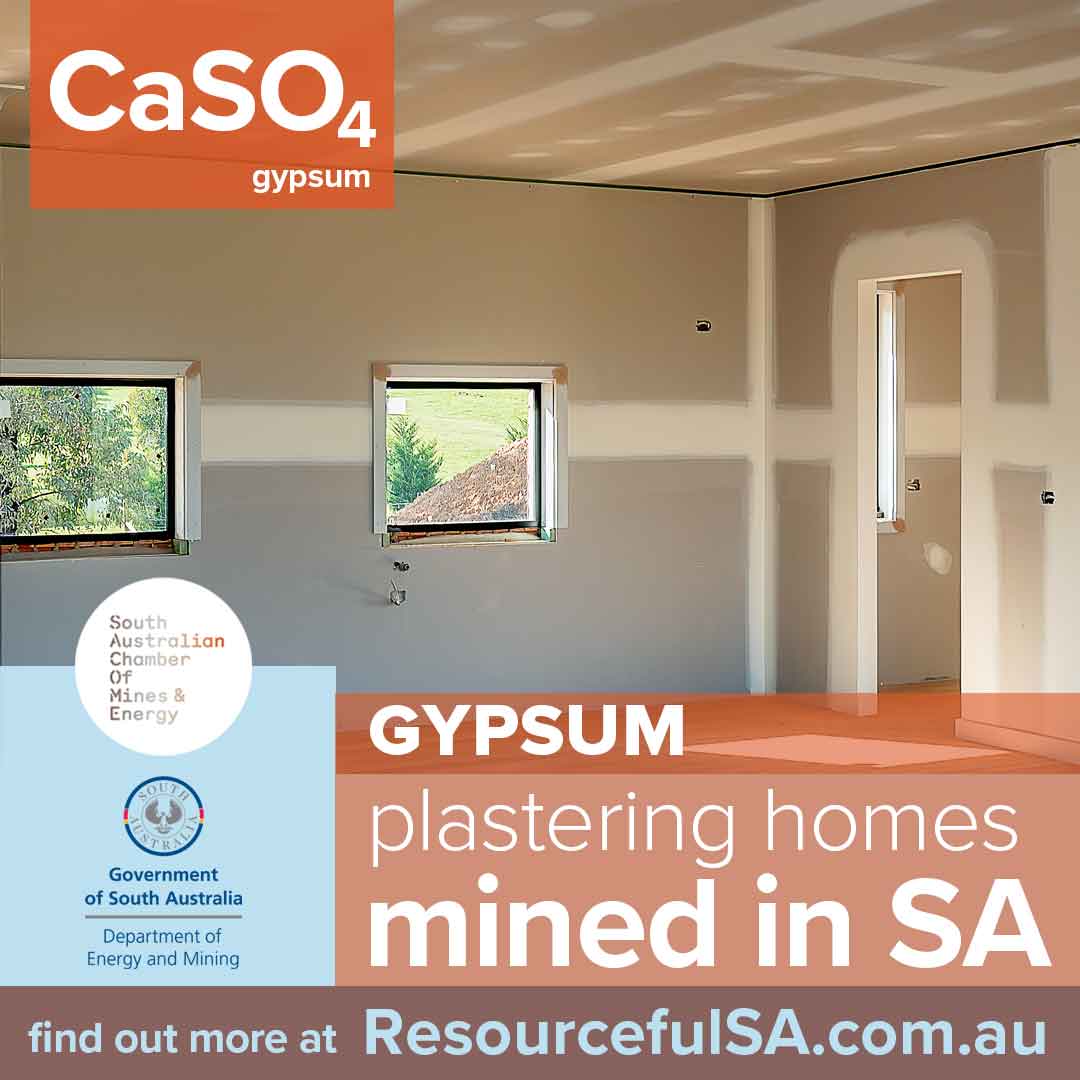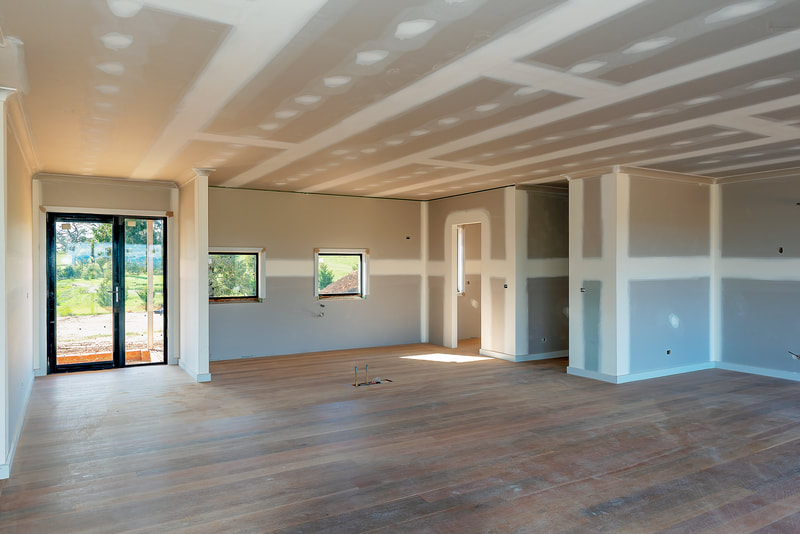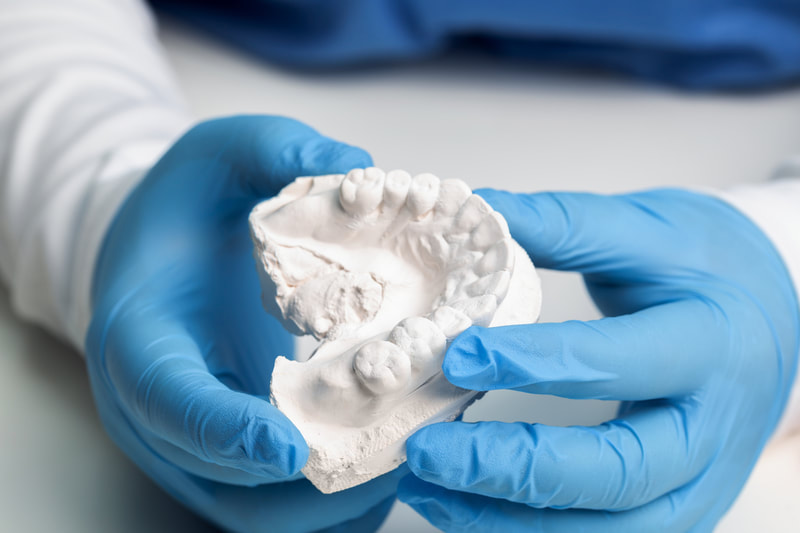|
What is Gypsum?
Gypsum is naturally occurring hydrated calcium sulfate. It is a soft, white mineral that is deposited from lake and sea water, as well as in hot springs from volcanic vapors. When heated to 300-350 degrees, gypsum loses 75% of its H2O to form the hemi-hydrate form of calcium sulfate, known as Plaster of Paris. When water is added, the material can be spread, cast or moulded prior to regaining its water of crystallisation. Without gypsum, there’d be no toothpaste. Nor shampoo. Not to mention classroom chalk, cement pavements or plasterboard sheets. This soft, non-toxic mineral is formed from the calcium and sulphates left behind by ancient evaporated seas. This makes it handy as a filler to adjust the texture of paper and a setting agent in cement. It is vital as a water-retaining fertiliser. But mostly, it’s behind the plaster used in many common building materials. It does have some unexpected applications, though. It’s used to brew beer and refine wine. It is a coagulator in ice cream, blue cheese, and white bread. It’s also increasingly important to capture nitrogen and reduce greenhouse gas emissions from animal waste.
Where is Gypsum mined in South Australia?
Gypsum Resources Australia supplies gypsum to the plasterboard and cement industries in Australia and New Zealand. Surface mining operations occur at the Kevin Mine (Lake MacDonnell), located near Penong. The gypsum is then transported via rail to the Port of Thevenard where it is shipped to buyers. |




